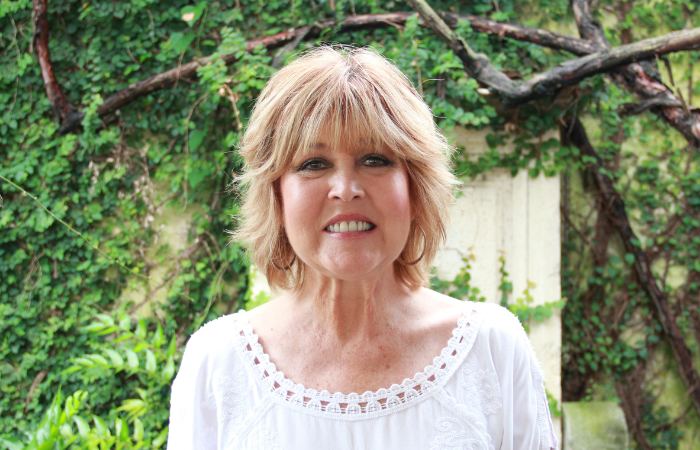
Carol Glover retired in 2017 after working 32 years for University of Alabama Athletics, and she was looking forward to her upcoming wedding and traveling the world with her new husband. Glover couldn’t have foreseen that her journey would lead to her becoming the oldest kidney-pancreas transplant patient at the UAB Comprehensive Transplant Institute (CTI).
Glover developed type I diabetes in 1997, when she was 39. “I injected four shots of insulin a day and kept it fairly well controlled,” she says. That’s why she was puzzled – and more than a little alarmed – when her blood sugar began dropping about a year after her wedding. “I had such extreme lows that my husband was afraid to leave my side. He called 911 on more than one occasion.”
Medical Journey Begins
In early 2019, Glover felt poorly and had very little energy, so she visited an urgent care clinic. Blood tests showed very high levels creatinine (a waste product produced by muscles), indicating that her kidneys were failing. Glover started kidney dialysis but didn’t understand why until a kidney biopsy revealed that she suffered from a rare condition called pauci-immune crescentic glomerulonephritis.
Glover received various treatments for her autoimmune disease, including steroids, chemotherapy, blood transfusions, and plasmapheresis, which separates different components in the blood and removes plasma. By that time, she developed a condition called foot drop, which made it hard to lift the front part of her foot. She couldn’t walk without falling, nor could she drive. “I’d always been a high-energy, active person, and now I could hardly function,” Glover says. “I wasn’t my normal self.”
The Decision to Move Forward
Throughout Glover’s ordeal, her local kidney doctor was hesitant to refer her for an organ transplant. “In the summer of 2020, he said, ‘I think it’s time,’” she recalls. When Glover came to the CTI in July, she was unsure about the path forward. “The transplant sounded like a scary process, but I figured that the low blood sugars were going to kill me if the autoimmune disease didn’t.”
A few weeks later, the CTI called Glover to let her know that a kidney and pancreas were available for her. “When we arrived, the surgeon explained the process and told us that it’s not uncommon for people to decide transplantation isn’t for them and then go home,” Glover says. “He was incredibly supportive and gave us a choice.”
Glover asked herself if she was meant to go forward with the transplant. “It weighed heavily on my mind,” she says, “but getting that call was God saying that there was no question.”
Expanded Criteria for Transplantation
While Glover’s kidneys were failing, her type 1 diabetes meant that her pancreas failed to produce insulin. Over time, diabetes can cause kidney damage. Douglas Anderson, MD, the CTI surgical director for pancreas transplants, participated in Glover’s transplant. “Because her diabetes could affect her new kidney, we thought there was a benefit to treating her diabetes at the same time by giving her a kidney-pancreas transplant,” Dr. Anderson says. A new pancreas would produce insulin, thus curing Glover’s diabetes.
At age 61, Glover was older than most simultaneous pancreas-kidney transplant recipients. “Traditionally, pancreas transplants are directed toward younger patients with type 1 diabetes, but we’ve made a conscious effort to broaden some of the criteria for transplantation,” Dr. Anderson says. “These are potentially older recipients and patients with higher body mass indexes.”
Expanded criteria allow more patients to access pancreas and combined pancreas-kidney transplants. Dr. Anderson says that this shift stemmed not from the availability of more organs, but rather “from an understanding that a larger population of patients would benefit.”
Still, not every 60-year-old patient with diabetes is a candidate for a pancreas transplant. “As patients get older, we do have to be more cognizant of other health issues,” Dr. Anderson says. “If the patient is otherwise healthy and doing well, though, this may be an option.”
Now 63, Glover once again has the energy to pursue her passions. Her need for bloodwork has tapered down from three times a week to once a month. Her weight rebounded from 95 pounds, she’s no longer diabetic, and she walks five miles each day.
“There’s still a chance that the autoimmune disease could attack my new kidney, but I can’t live in fear of that,” Glover says. “I’m cherishing my time with my husband, children, and especially my grandchildren.”
